Fujifilm has officially presented its new mirrorless. Is called Fujifilm X-S20is equipped with a backlit sensor da 26,1 megapixel X-Trans CMOS 4 and takes advantage of the high-speed image processing engine X-Processor 5 to produce high quality images.
But what else?
The features in brief
The newcomer of the Japanese house was born with uin a large handle, designed to ensure better stability and a safer grip, e a compact and lightweight body (only 491 grams), so as to be perfect even for long shooting sessions.
They find space inside the new high capacity batterywhich should guarantee 750 shots in normal mode (800 in economy mode) and up to 80 minutes of recording in 4K/60p, the aforementioned 26.1 MP X-Trans CMOS 4 sensor, a new processor – I called it X-Processor 5 – and a mechanism of integrated five-axis image stabilization (IBIS) which offers an edge of up to 7.0 stops.
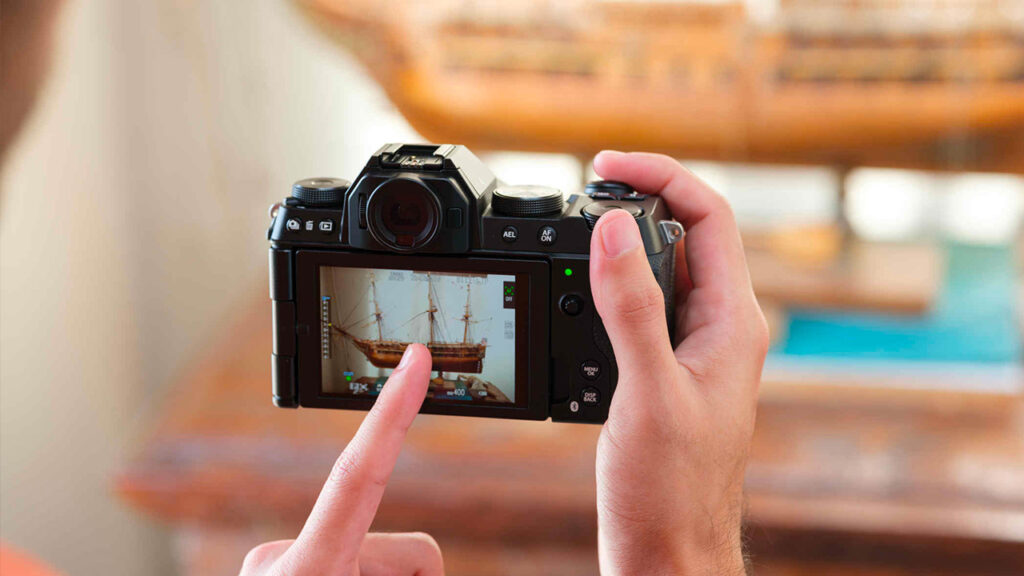
Autofocus provides subject detection, including animals and cars, and guarantees equivalent performance compared to the X series cameras while on the video front we find the ai filmati in 6.2K/30P 4:2:2 a 10 bit and the presence of un jack da 3,5 mm to connect an external microphone. And yes, there is one new Vlog mode which, together with the TG-BT1 tripod grip, should make your life easier, e HEIF format support for the photographs.
Choose Amazon Prime for your purchases, it’s free for 30 days
Fujifilm X-S20: prezzo
Fujifilm X-S20 will be available starting from July 2023 at the following prices:
• Fujifilm X-S20 BODY a € 1.429,99;
• Fujifilm X-S20 with 18-55mm lens for €1,849.99
• Fujifilm X-S20 with 15-45mm lens for €1,579.99
Our first impressions of the Fujifilm X-S20
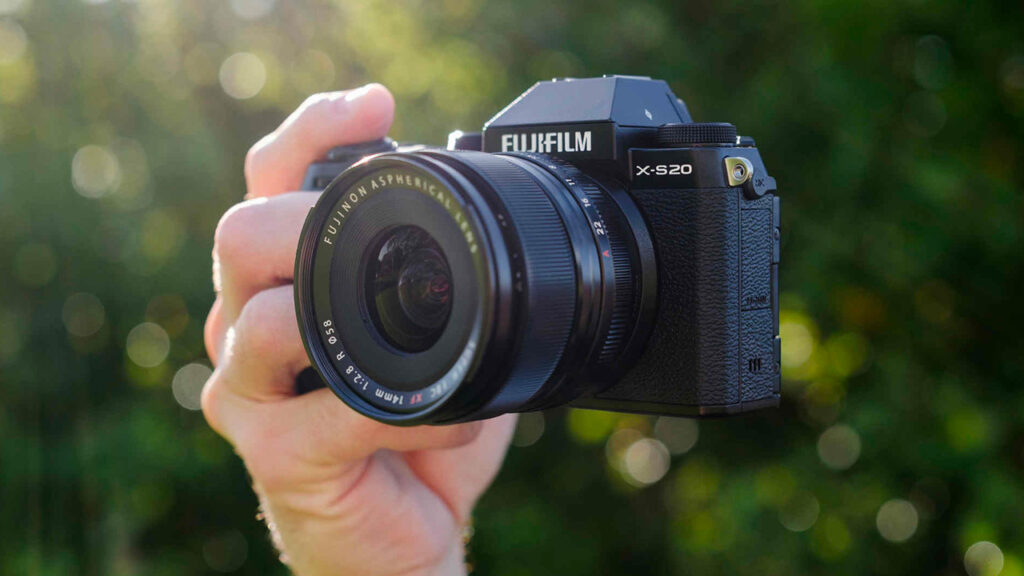
But how does it perform on the field?
We spent a few minutes face to face with this Fujifilm X-S20 which pleasantly surprised us.
The feeling is to have it in your hands a handy product and, as we anticipated, very compact. An advantage? Depends. With small hands it will be perfect, with big hands you will struggle to find the most comfortable position.
The EVG viewfinder is a 2.36 million dot OLED; the resolution is really very high and you see perfectly what you are framing.
Also the 180° adjustable screen it is particularly defined and above all clearly visible in direct sunlight.
We’ll tell you right away: it’s not an X-HS2 so it suffers a little from rolling shutter but there are many elements that we appreciated instead, starting from the Vlog function with background blurring and the possibility to prioritize focus on the product that is framing. And no, you won’t have to struggle to make him understand what to focus on: the system works great and on all the available area.
At disposal we have well 19 film simulation modes for a truly unique shooting experience. And then we find the IBIS up to 7 stops and the separate microphone jack that allows us to say goodbye to those annoying USB-C / 3.5mm Jack adapters that we hated so much on the previous model.
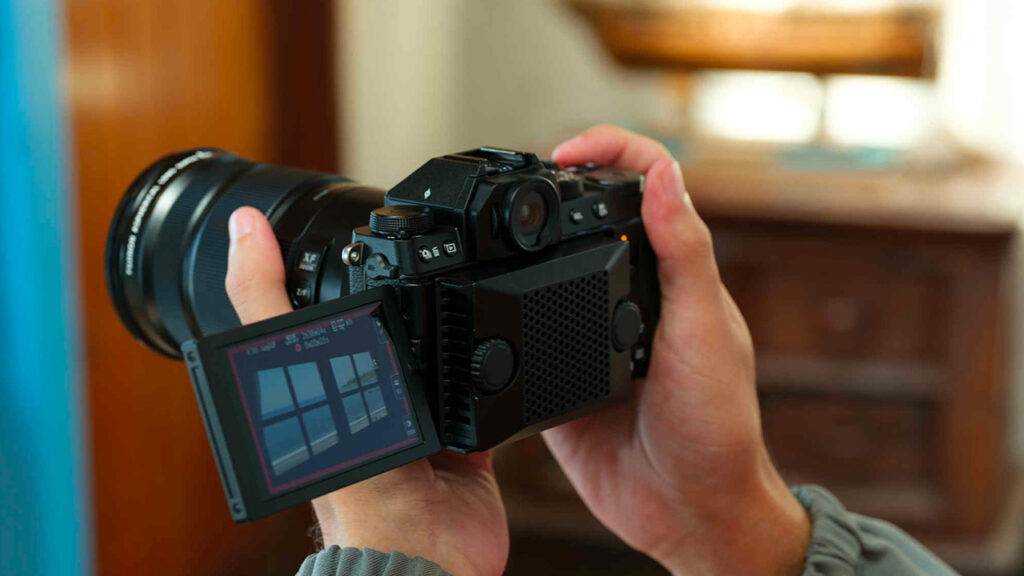
Our minutes in the company of Fujifilm X-S20 – combined with 3 different lenses, namely the 8 mm f/3.5, the 50 mm f/1.0 (really crazy) and the 18-120 f/4.0 – have flown by but we can certainly try to figure out who this mirroroless is dedicated to.
The new camera of the Japanese house seems a best buy for all those who are passionate about photography, to those looking for better quality than a high-end smartphone can guarantee.
Fujifilm declares that it’s not an entry-level machine and you certainly don’t want to position yourself in this way on the market; is a car that ttry its why combined with the right perspectivemaybe not too heavy like a 15-45mm or 18-55mm, sold in kit with the X-S20.
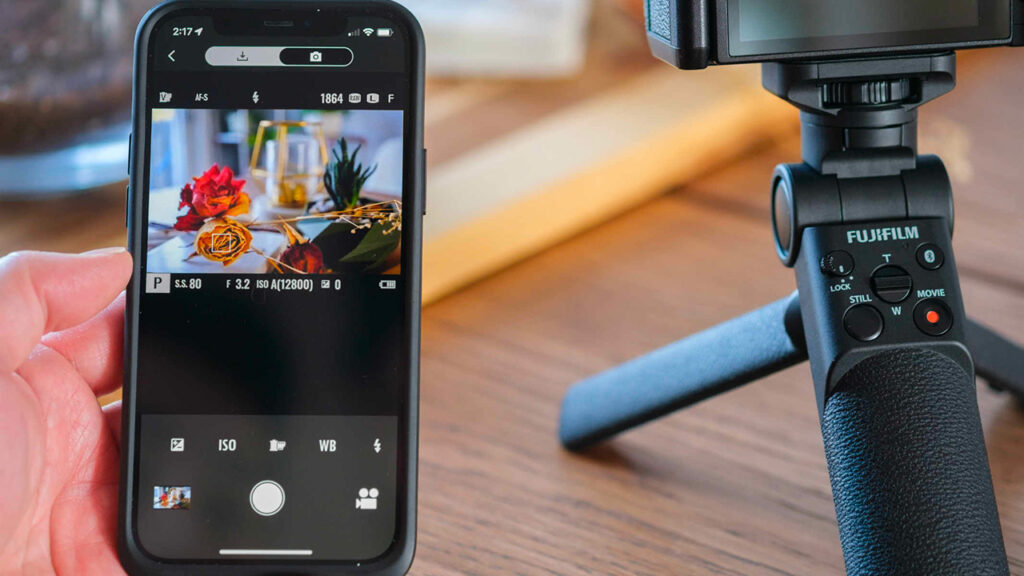
We forgot, along with the new camera also comes the Fujifilm XApp, that you can quickly pair with the X-S20 and which allows you to download photos and videos, view shooting data and even find out how much film we would have used if we had an analog camera.






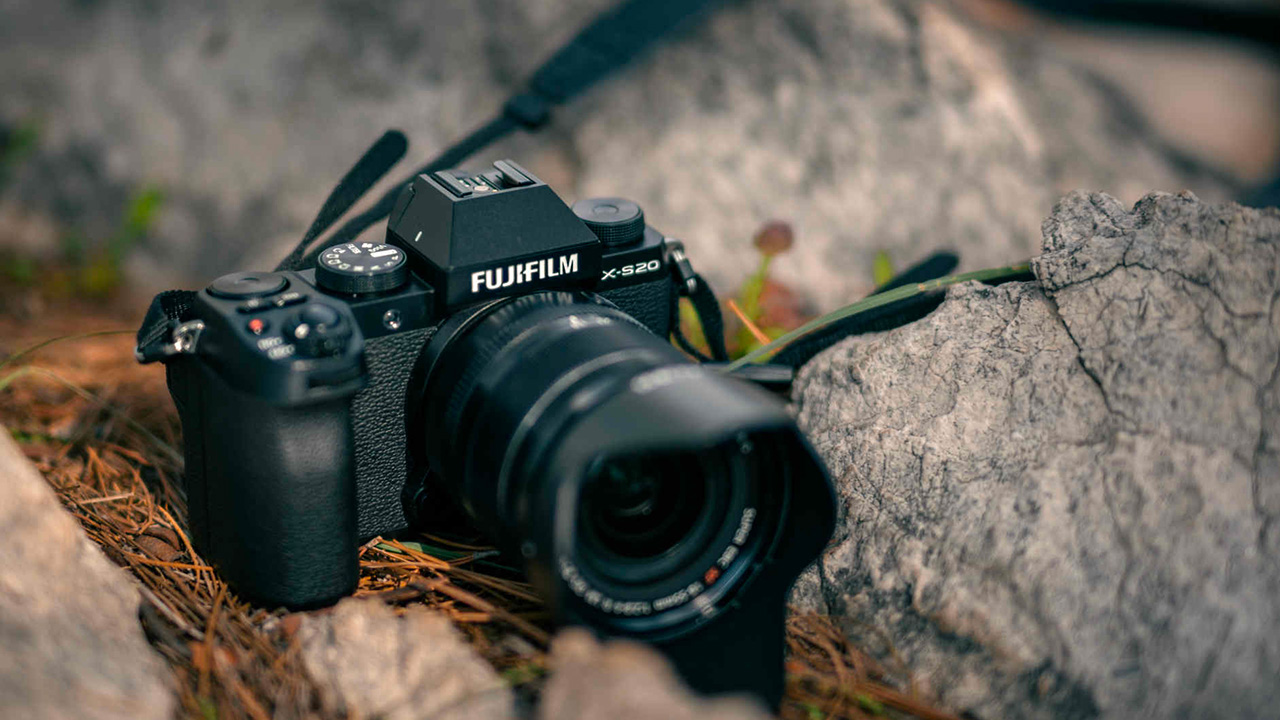




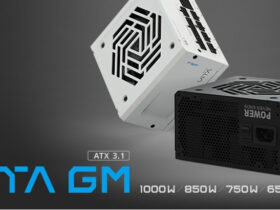
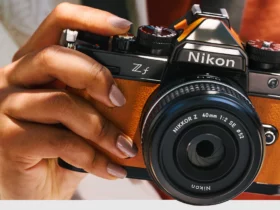

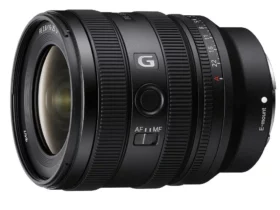
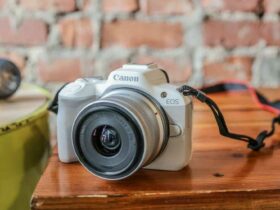
Leave a Reply
View Comments